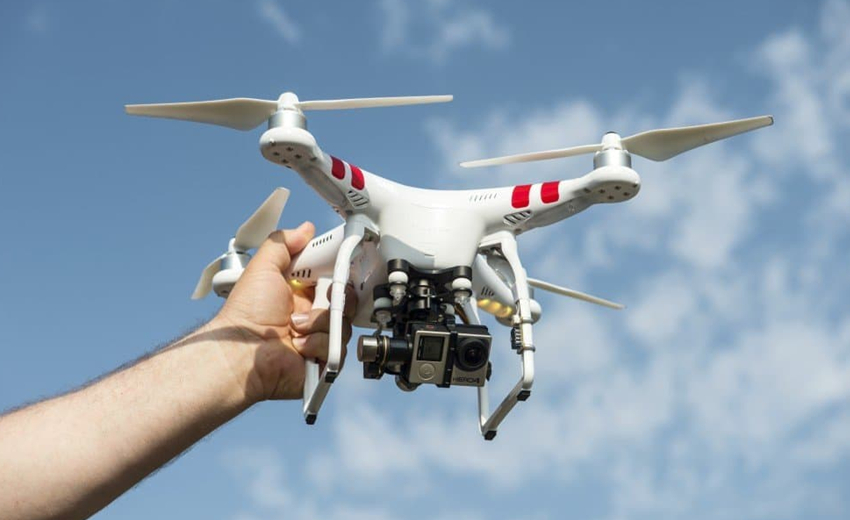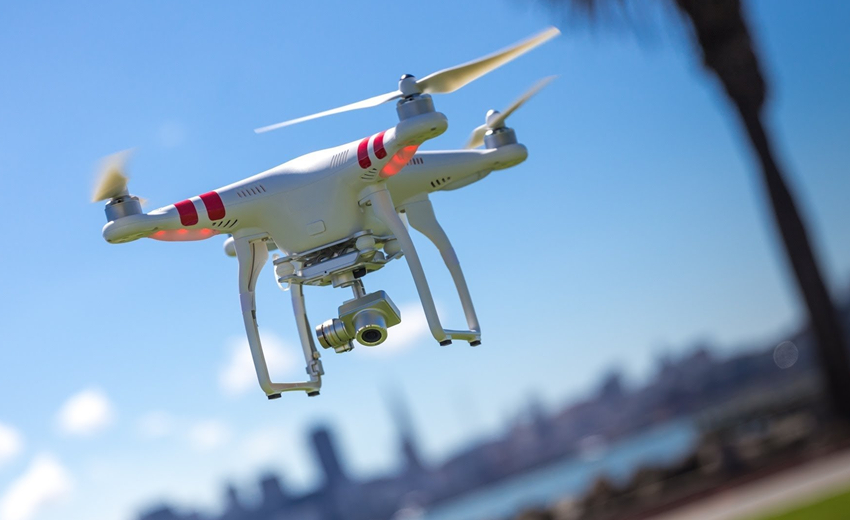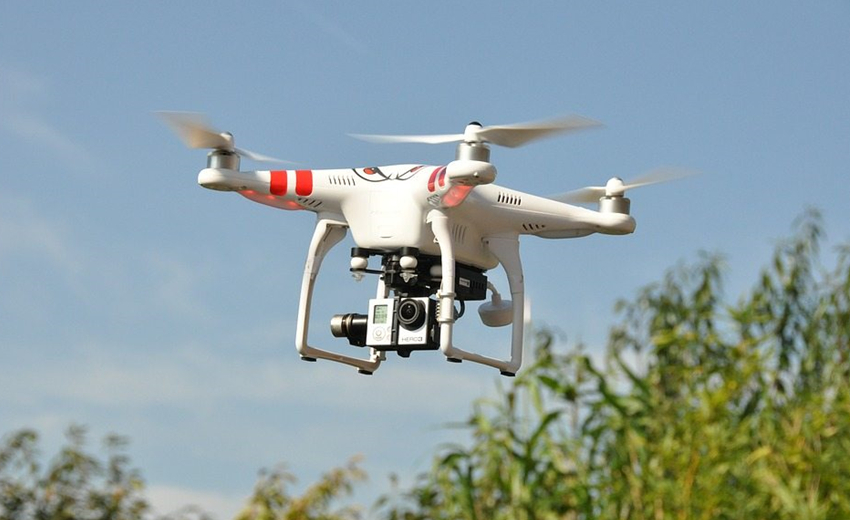Are you interested in drones? If so, then you need to read this article. In this piece, we will be discussing the different types of drones, their uses, and their pros and cons.
There are basically three types of drones: aerial, ground, and sea. Aerial drones are the ones you see in the sky, while ground drones are the ones you see on the ground. Sea drones are a new type that is specifically designed for underwater use.
So, what are the different types of drones?
1. Aerial drones: Aerial drones are the most common type of drone. They are used for aerial photography and videography. They can be used for a variety of tasks, such as filming a wedding, capturing footage of a construction site, or monitoring crops. Aerial drones are also great for mapping and surveying.
2. Ground drones: Ground drones are the ones you see on the ground. They are used for tasks such as surveillance, mapping, and tracking. They can be used to monitor crops, track the movements of animals, and monitor construction sites.
3. Sea drones: Sea drones are a new type of drone that is specifically designed for underwater use. They can be used for a variety of tasks, such as mapping and surveying, search and rescue, and monitoring fisheries.

Now that we know what types of drones are there let’s take a look at their uses.
1. Aerial photography and videography: Aerial photography and videography are two of the most common uses for drones. Aerial photography is used to capture footage of a scene from a high angle. This is great for capturing panoramic shots or 360-degree footage. Videography is used to capture footage of a scene from a lower angle. This is great for capturing close-ups or footage that is shot from a distance.
2. Mapping and surveying: Mapping and surveying are two other common uses for drones. Mapping is used to map out areas that are difficult to access or to survey an area to see if it is suitable for construction. Surveying is used to measure distances, heights, and other important measurements.
3. Search and rescue: Search and rescue drones are used to help search for people who are lost or stranded. They can be used to fly over difficult terrain to help search for people.

4. Monitoring crops: Monitoring crops is another common use for drones. They can be used to see if the crops are healthy or if there is any damage. This is great for ensuring that the crops are getting the nutrients that they need.
5. Monitoring movements: Monitoring movements is another common use for drones. They can be used to track the movements of animals or people. This is great for monitoring wildlife or the movements of criminals.
6. Monitoring fisheries: Monitoring fisheries is another common use for drones. They can be used to see if there is any damage to the fisheries or to see if the fish are getting the nutrients that they need.
So, what are the pros and cons of drones?
The pros of drones are that they are easy to use. They are also versatile. They can be used for a variety of tasks, and they are great for filming.
The cons of drones are that they can be expensive. They can also be difficult to control.
Conclusion
In conclusion, drones are versatile tools that can be used for a variety of purposes. Whether you’re looking to take aerial photos or videos or you need to transport goods, drones can do it all. While they may be slightly more expensive than traditional methods, drones are definitely worth the investment.

